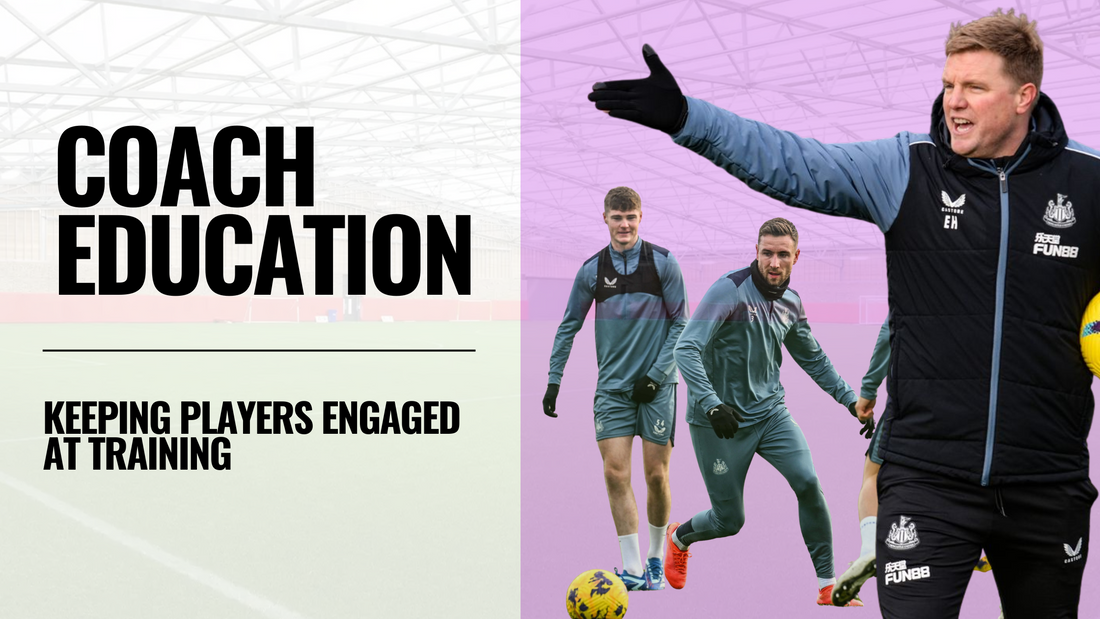
How to Keep Players Engaged at Training
Share
Here are some proven, practical tips to help you keep your sessions dynamic and enjoyable, while still achieving your learning objectives.
Connect With Your Players Before the Session Starts
Creating engagement starts before the warm-up. Building a connection with your players, especially the younger ones, can make a huge difference to how they approach training.
Ask questions, have short check-ins, or even just greet players by name with a smile. England Football recommends asking things like:
- “What are you most looking forward to today?”
- “What did you enjoy most about last weekend’s game?”
- “Have you seen that goal from [Player] this week?”
These moments build trust, create a positive atmosphere, and show players that you care about them not just their football.
Link Training to Real-World Football Events
One great way to boost motivation is to tap into what’s happening in the football world. If there’s an international tournament, a big Premier League weekend, or even just a viral moment on social media, use it!
For example:
- Use clips of recent goals to introduce a finishing session.
- Ask players who their favourite players are, and model sessions around their movement.
- Try a “World Cup” style tournament to structure a small-sided game night.
Relating training to what players are already watching helps them see the relevance, and makes the session feel more exciting and real.
Game-Based Training Is Key
If you want engagement - play more games.
Game-based training puts players in realistic scenarios where they can explore, problem-solve, and compete all while developing the tactical and technical elements of the game. Use formats like:
- 4v4/5v5/6v6 with specific conditions or challenges.
- Wave practices (attack vs defence with transitions).
- Tournament-style mini-games with winners each round.
Players enjoy the competitive element, they touch the ball more often, and the learning becomes more natural and dynamic.
Less Talk, More Action
Keep your explanations short and purposeful. If it takes more than 45 seconds to explain a practice, it’s likely too complex.
The FA’s Boot Room reminds us that the attention span of young players is short. You can always layer in coaching points as the practice evolves—there’s no need to front-load everything.
Use quick, clear instructions and get players moving early. Better still, show them the practice instead of telling them.
Let Players Make Decisions
Where possible, offer choice and autonomy:
- Let them pick teams or create challenges.
- Ask questions like, “What would you do differently next time?”
- Encourage experimentation, even if it leads to mistakes.
When players feel ownership of their learning, they stay switched on and invested.
Celebrate Energy, Not Just Skill
Sometimes, it’s not about who’s technically the best—it’s about who brings energy, attitude, or supports teammates. Make sure you’re praising those things just as much as the ‘football stuff’.
A positive, inclusive environment keeps everyone engaged, even if they’re having a tough day technically.

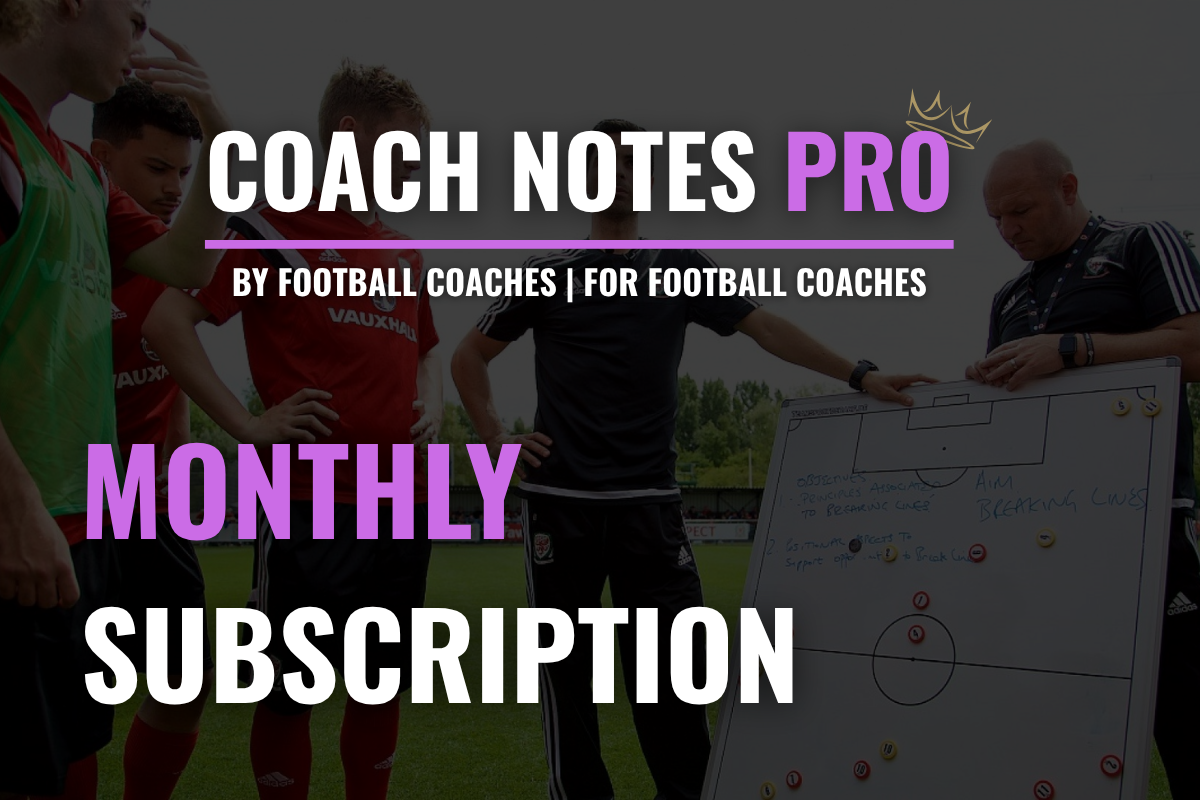

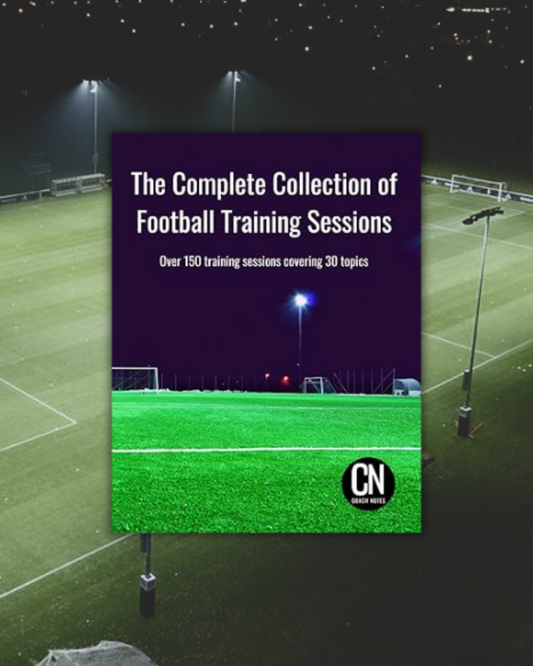
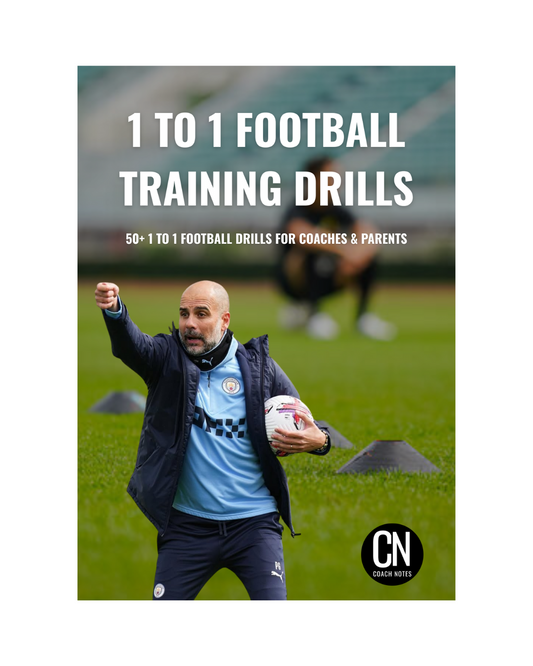
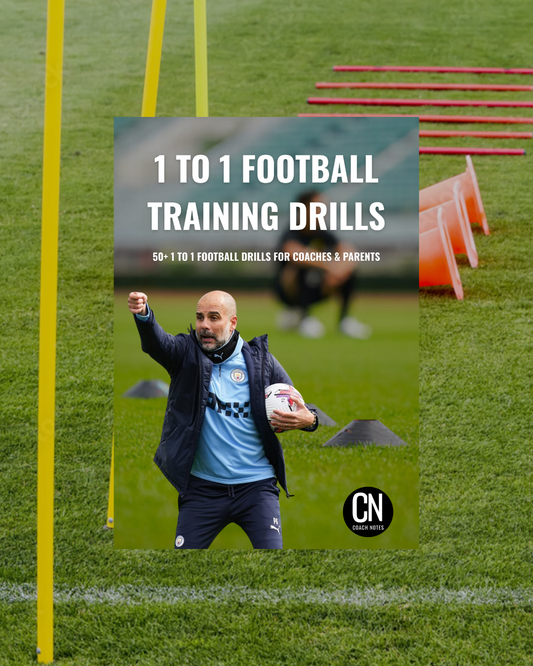
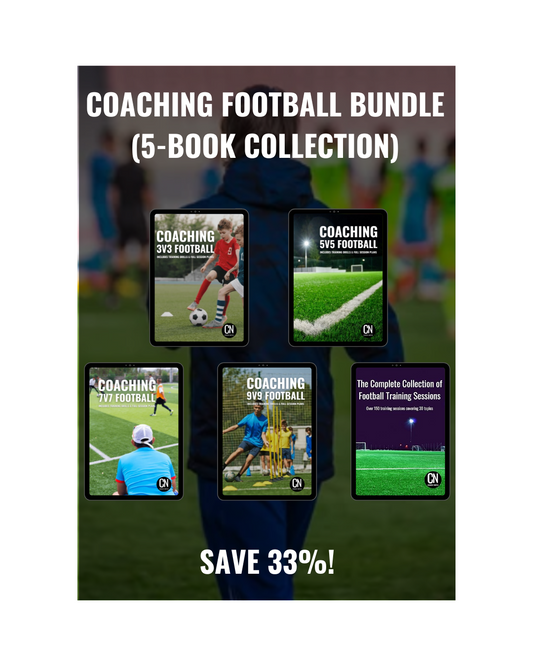
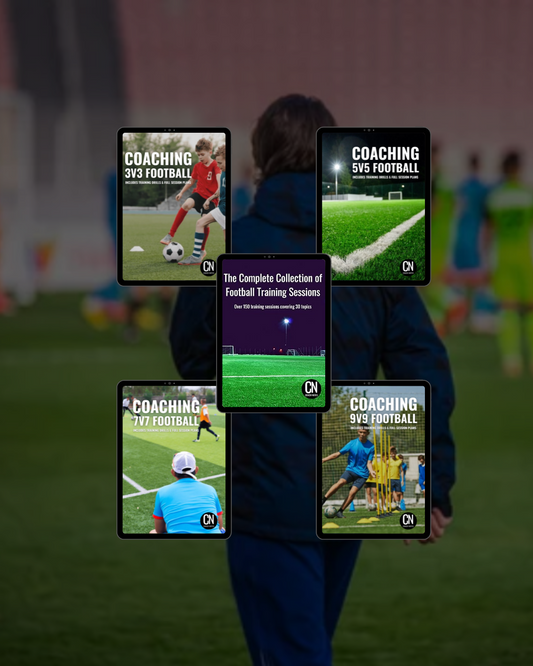

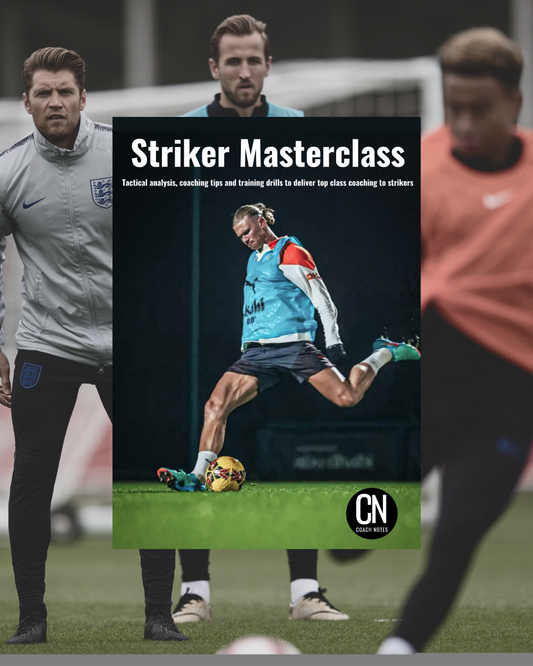
3 comments
Excellent motivation on coaches
I am interested
I’m interested in coaching sessions